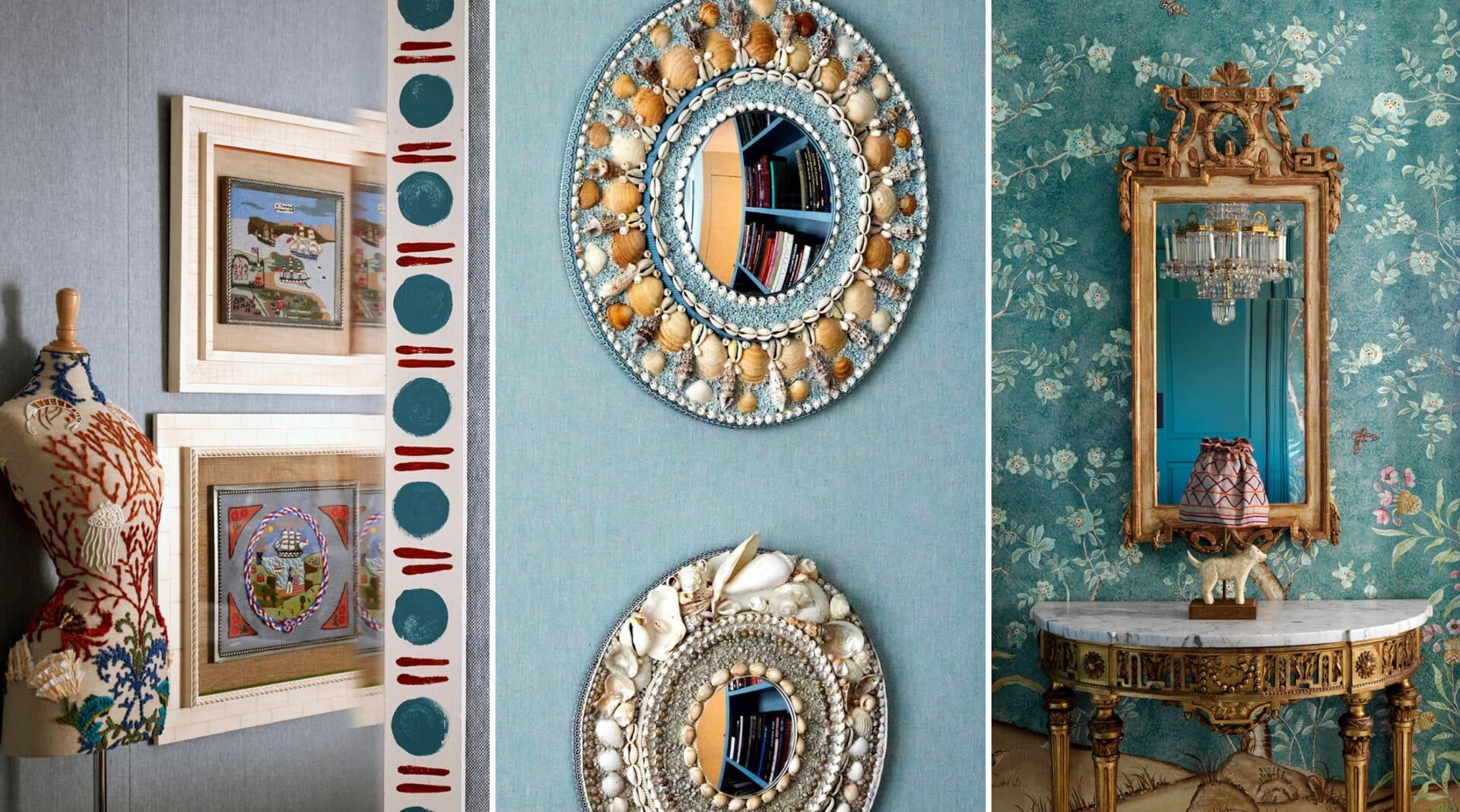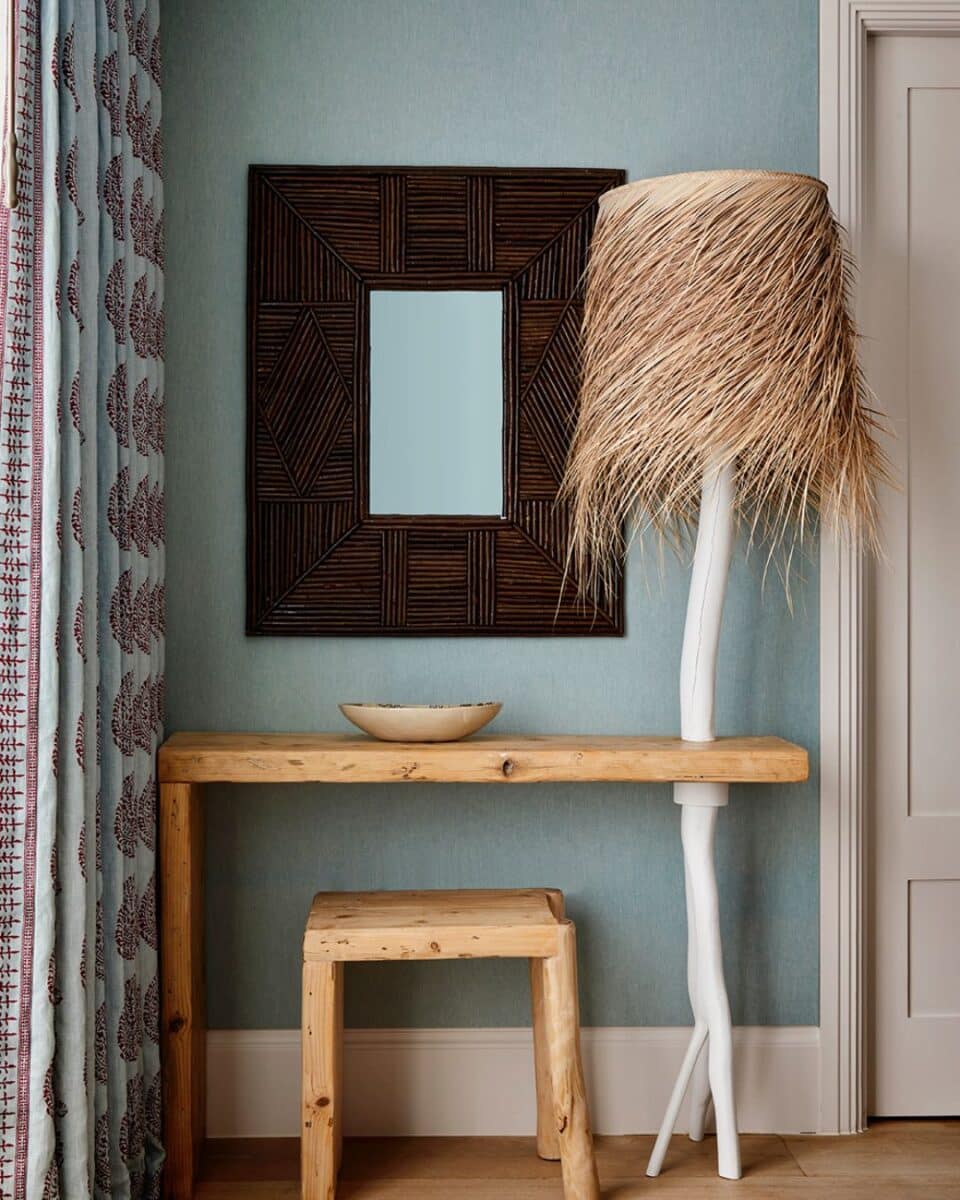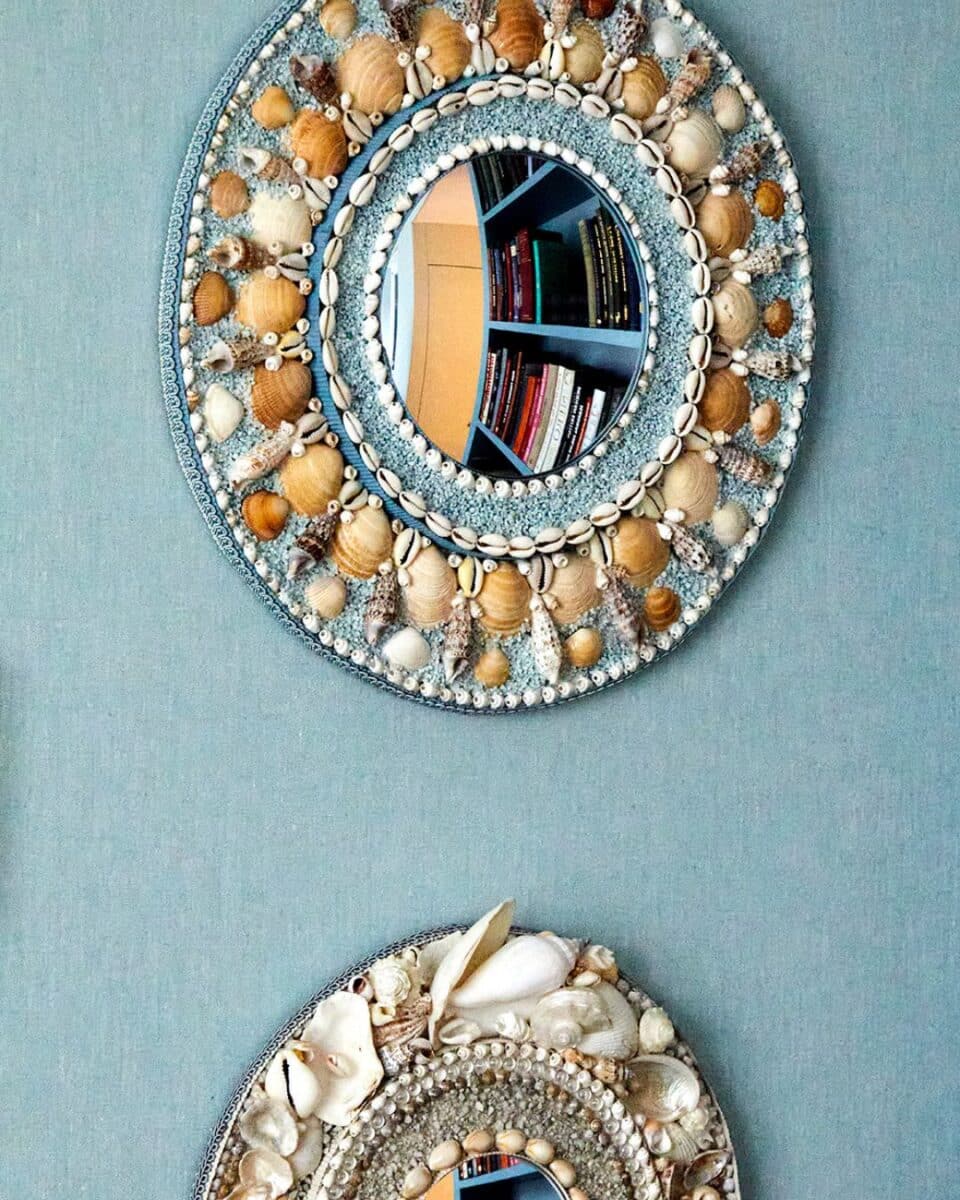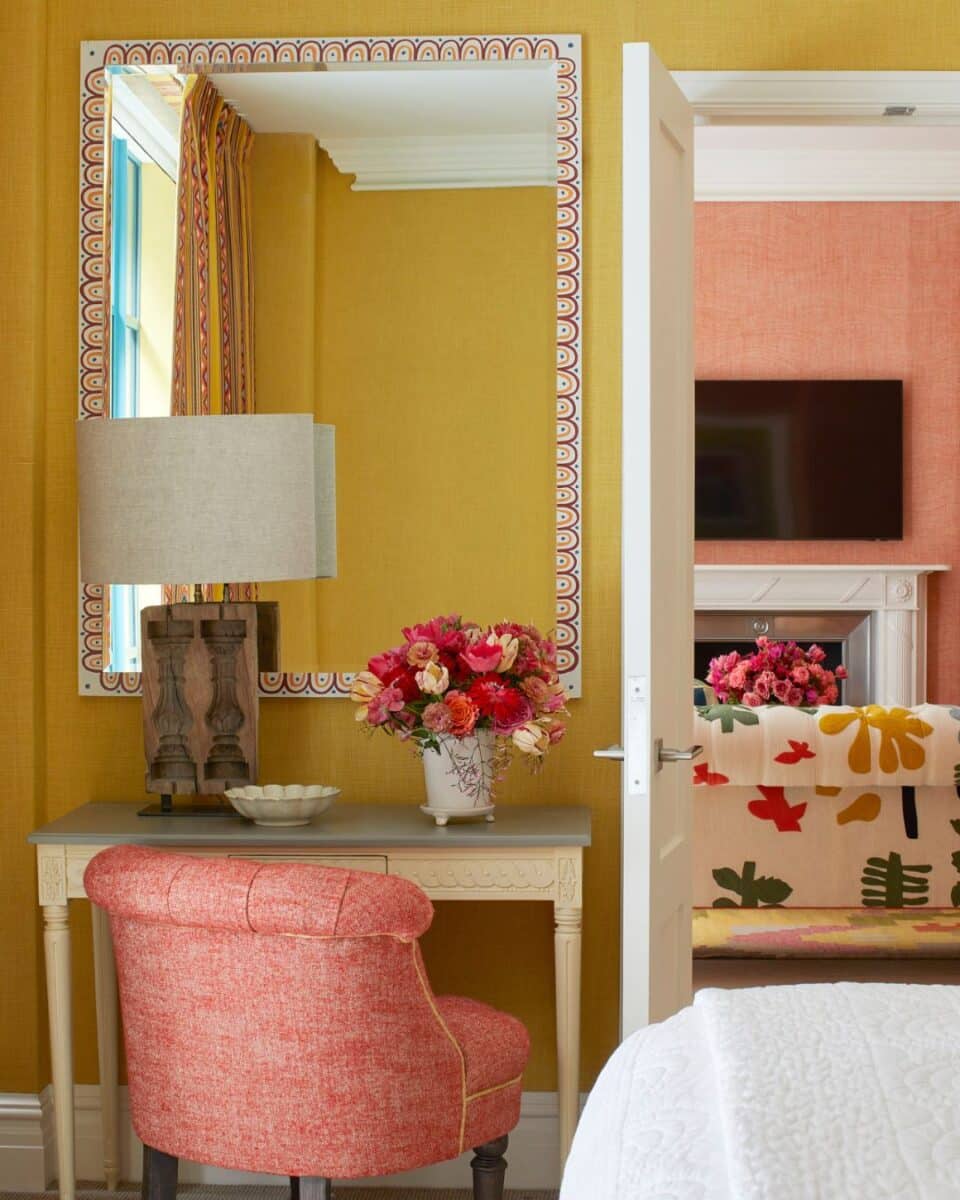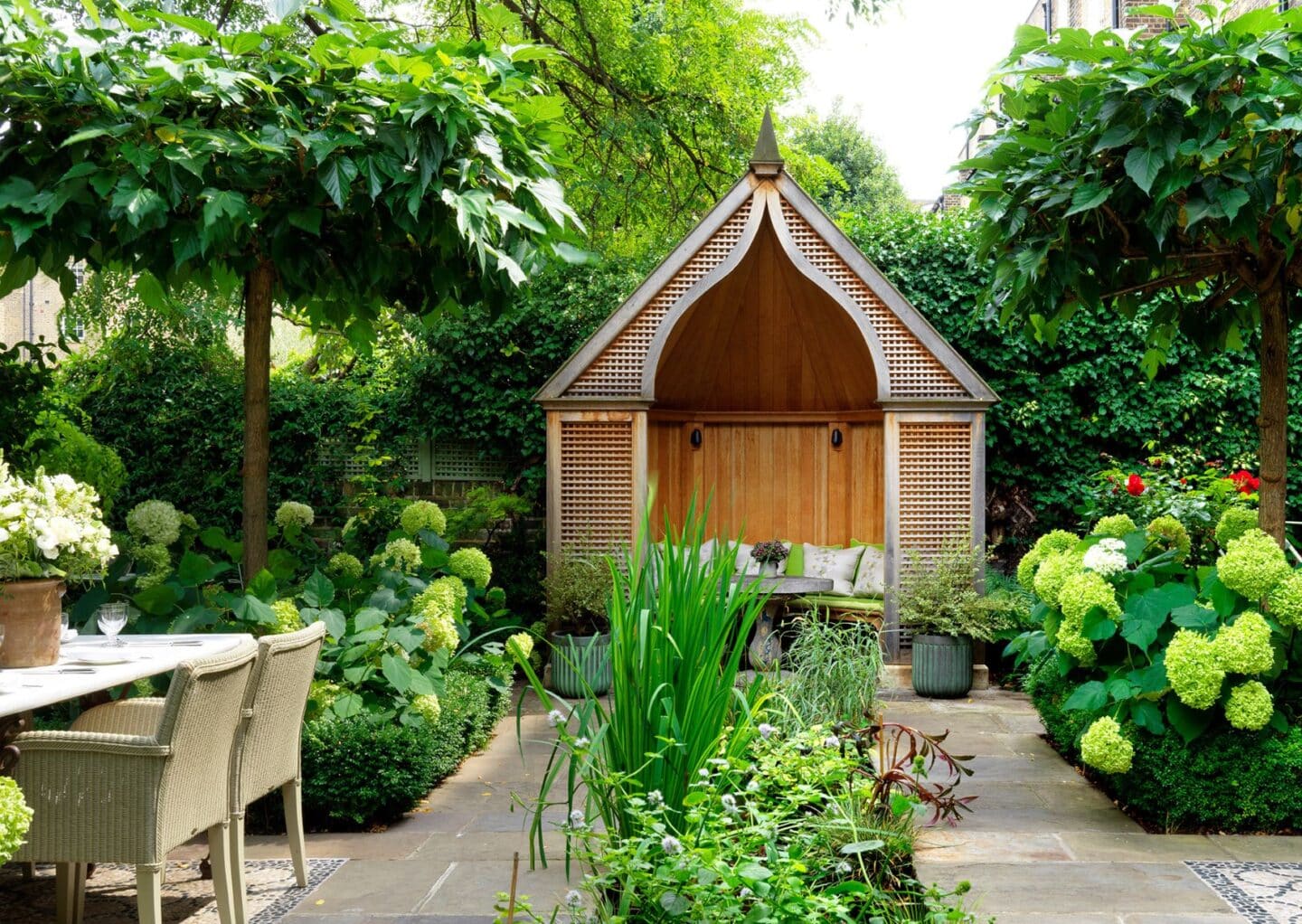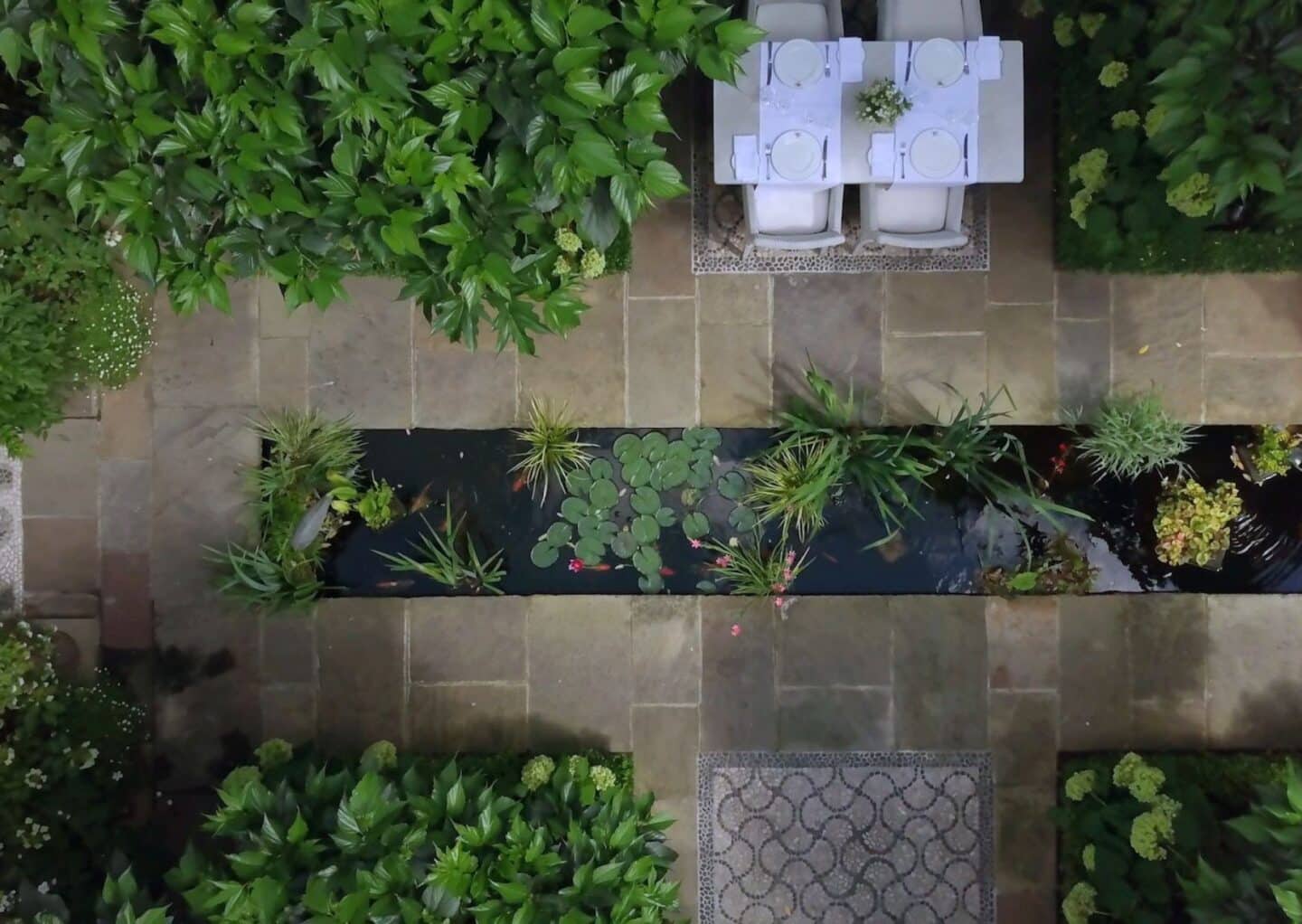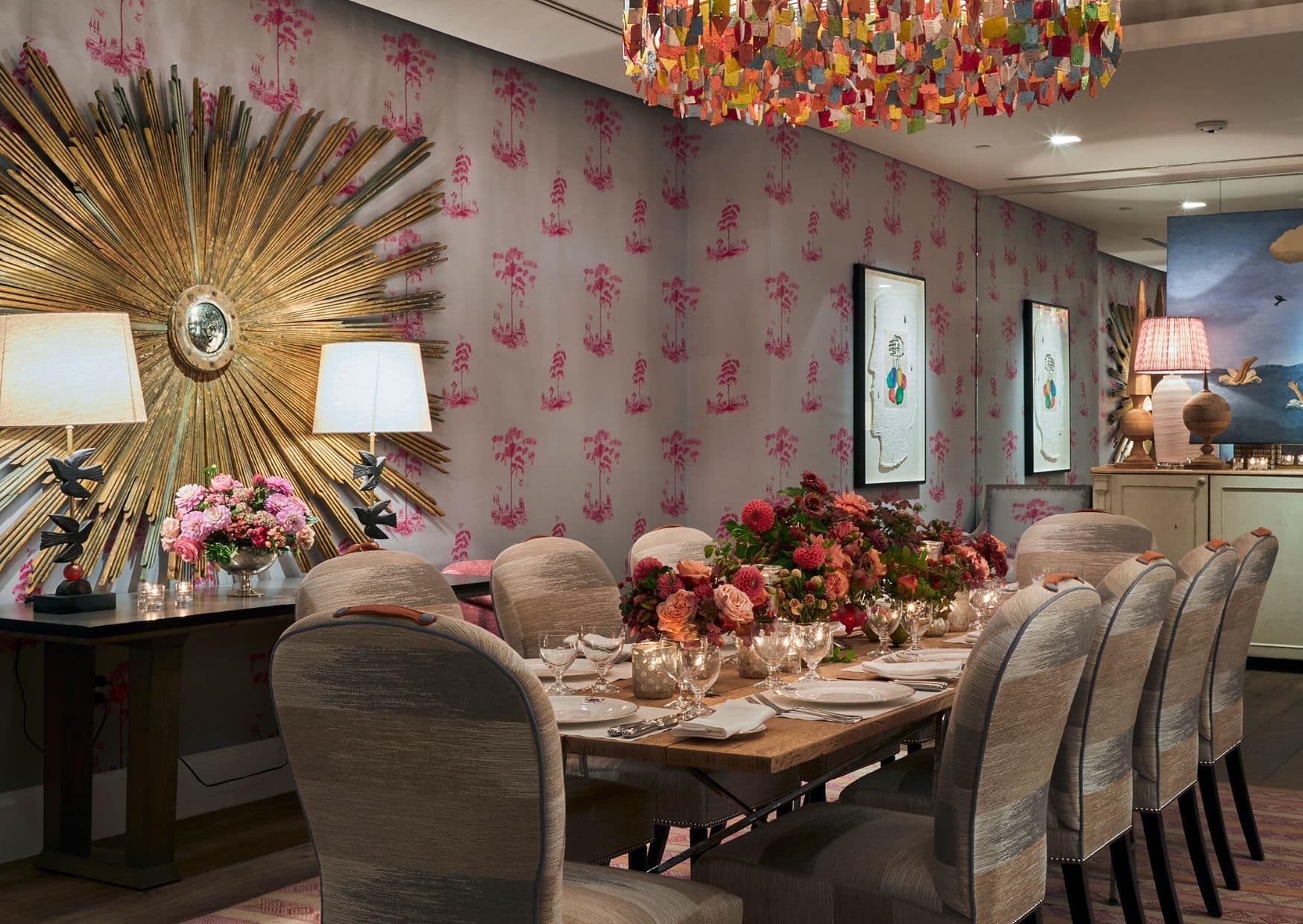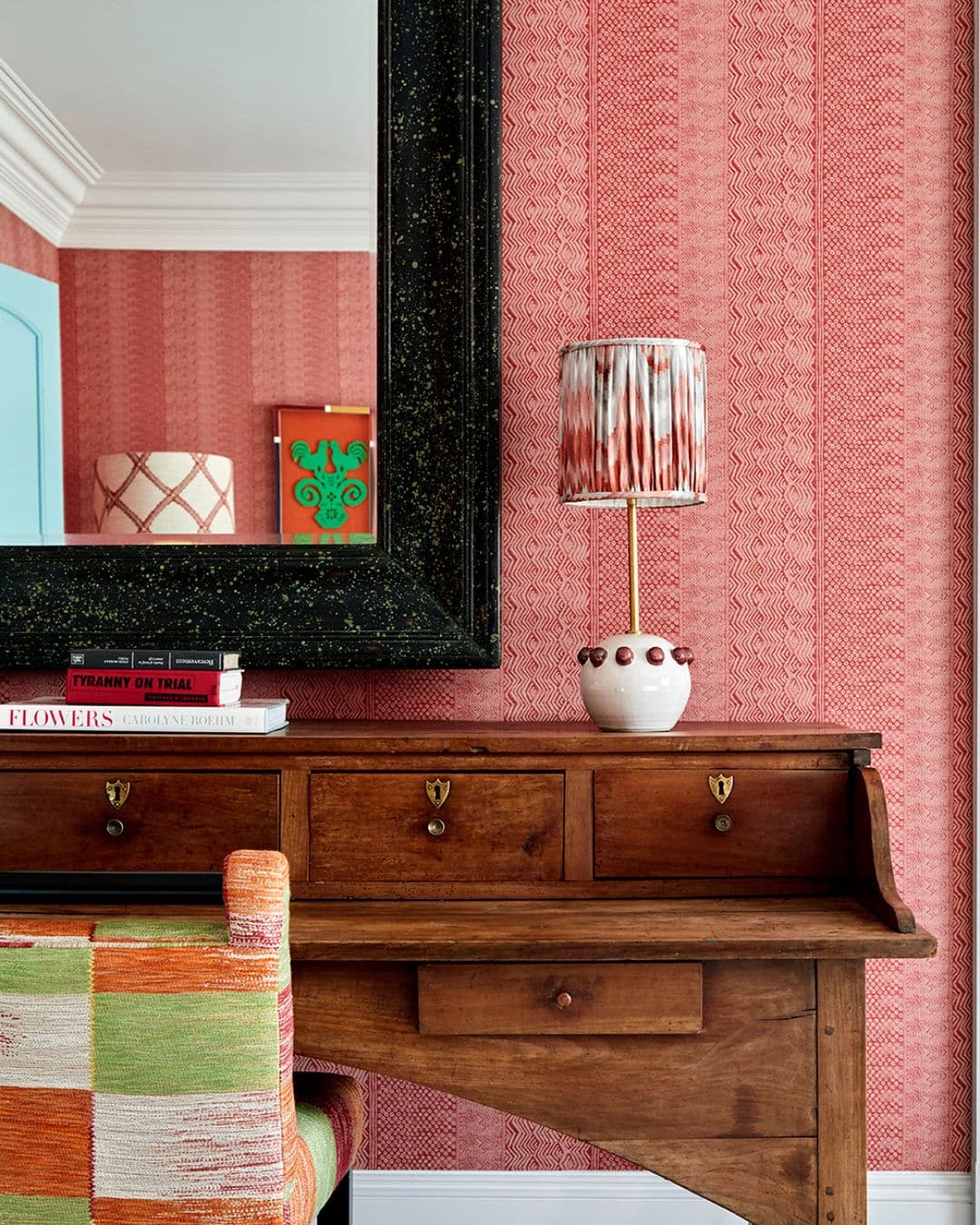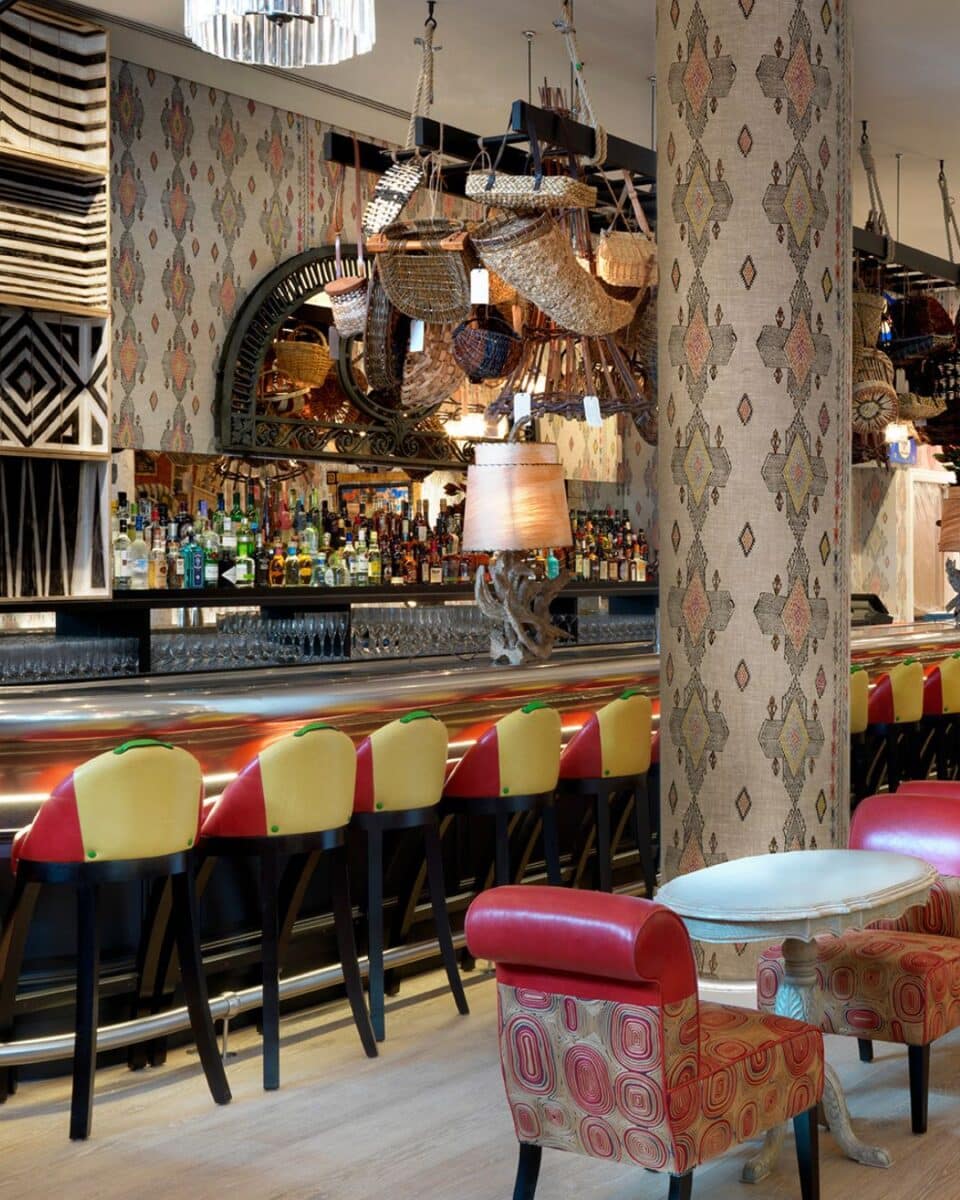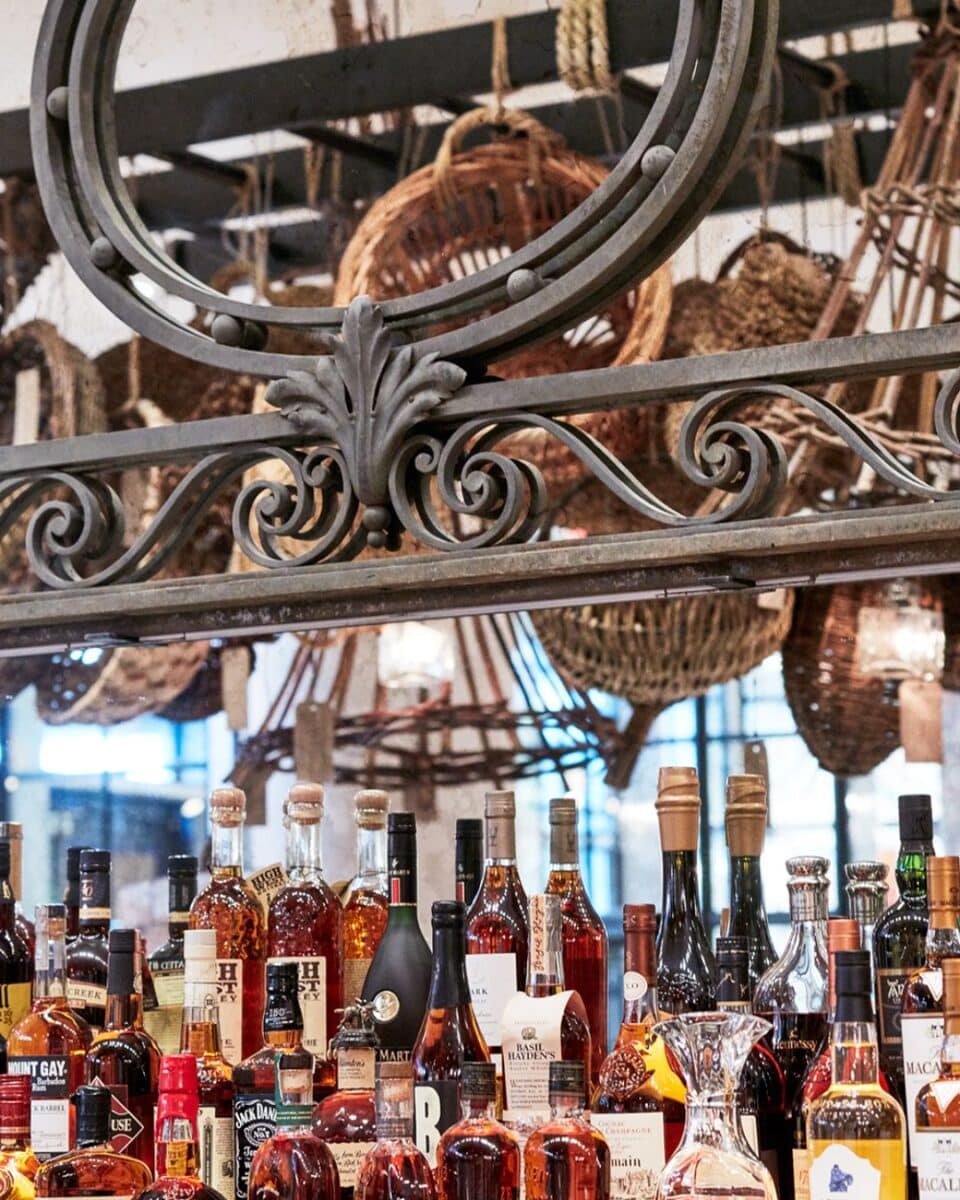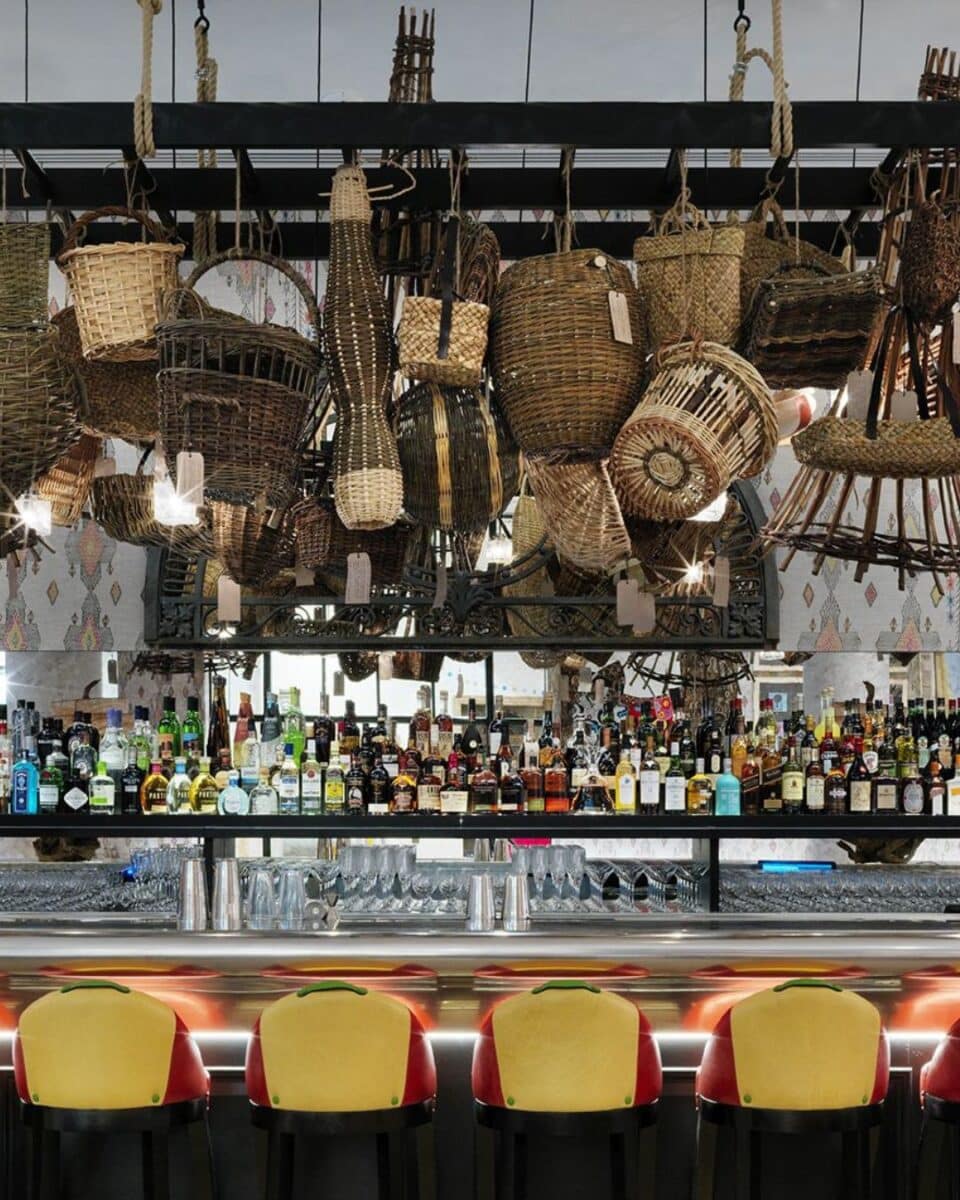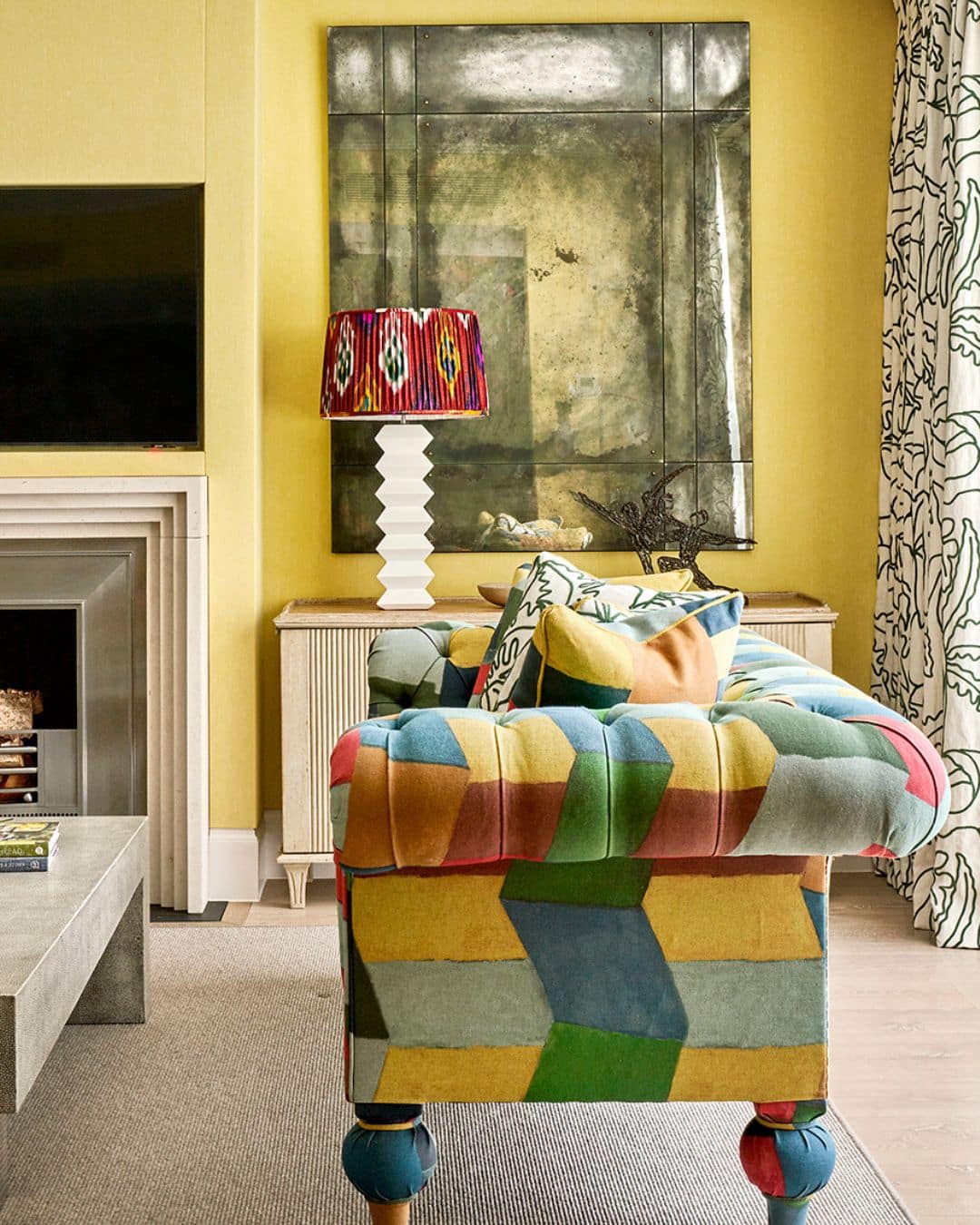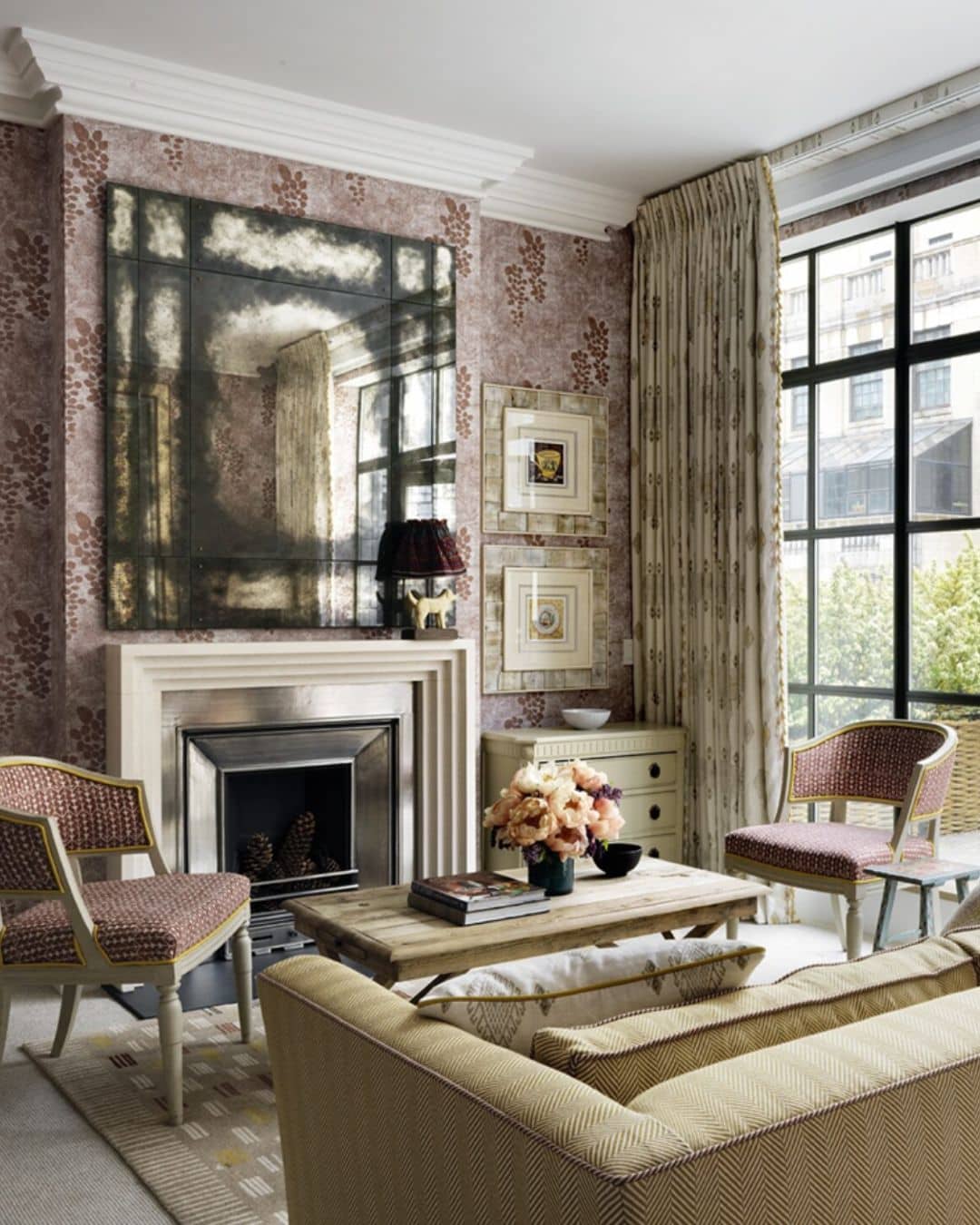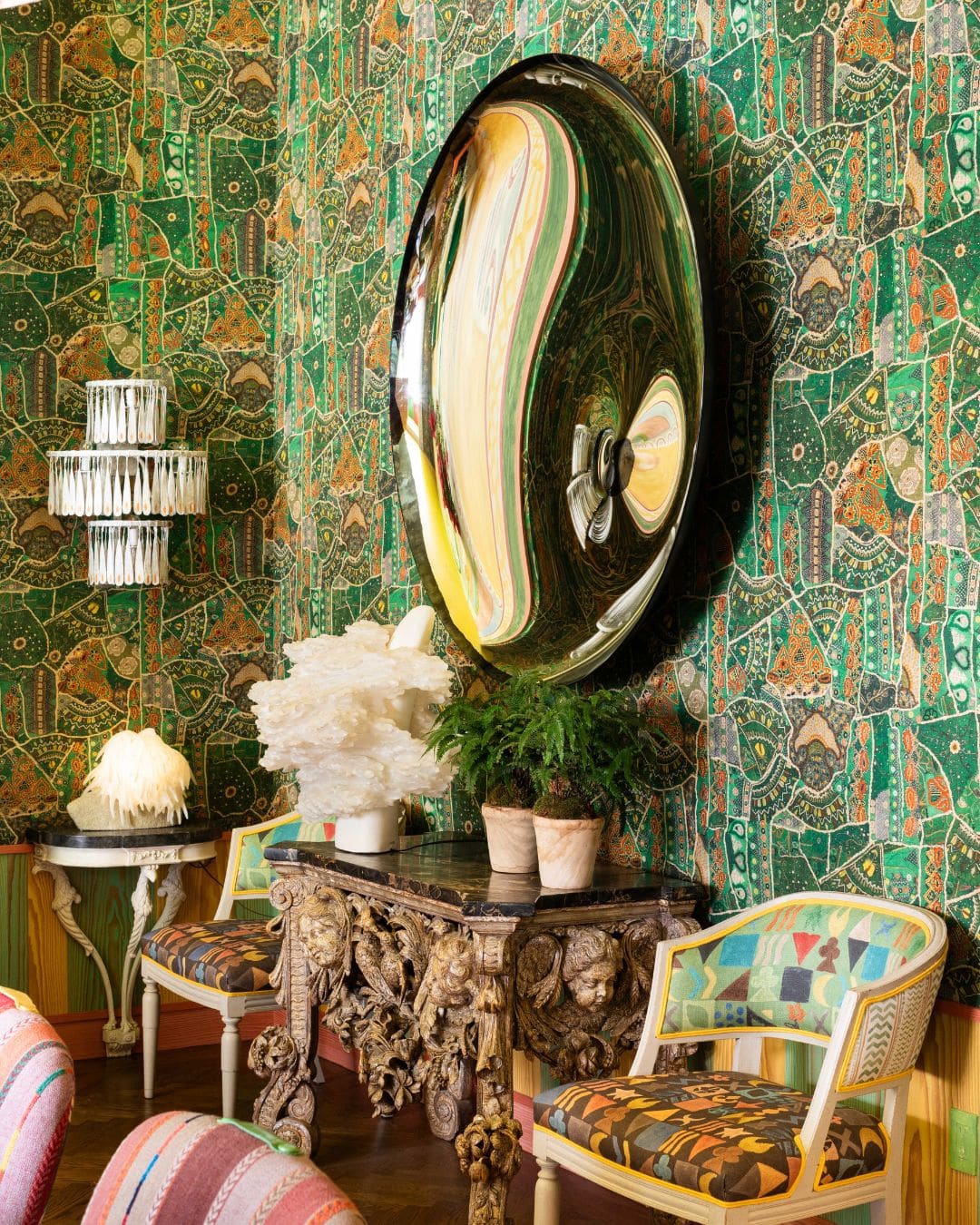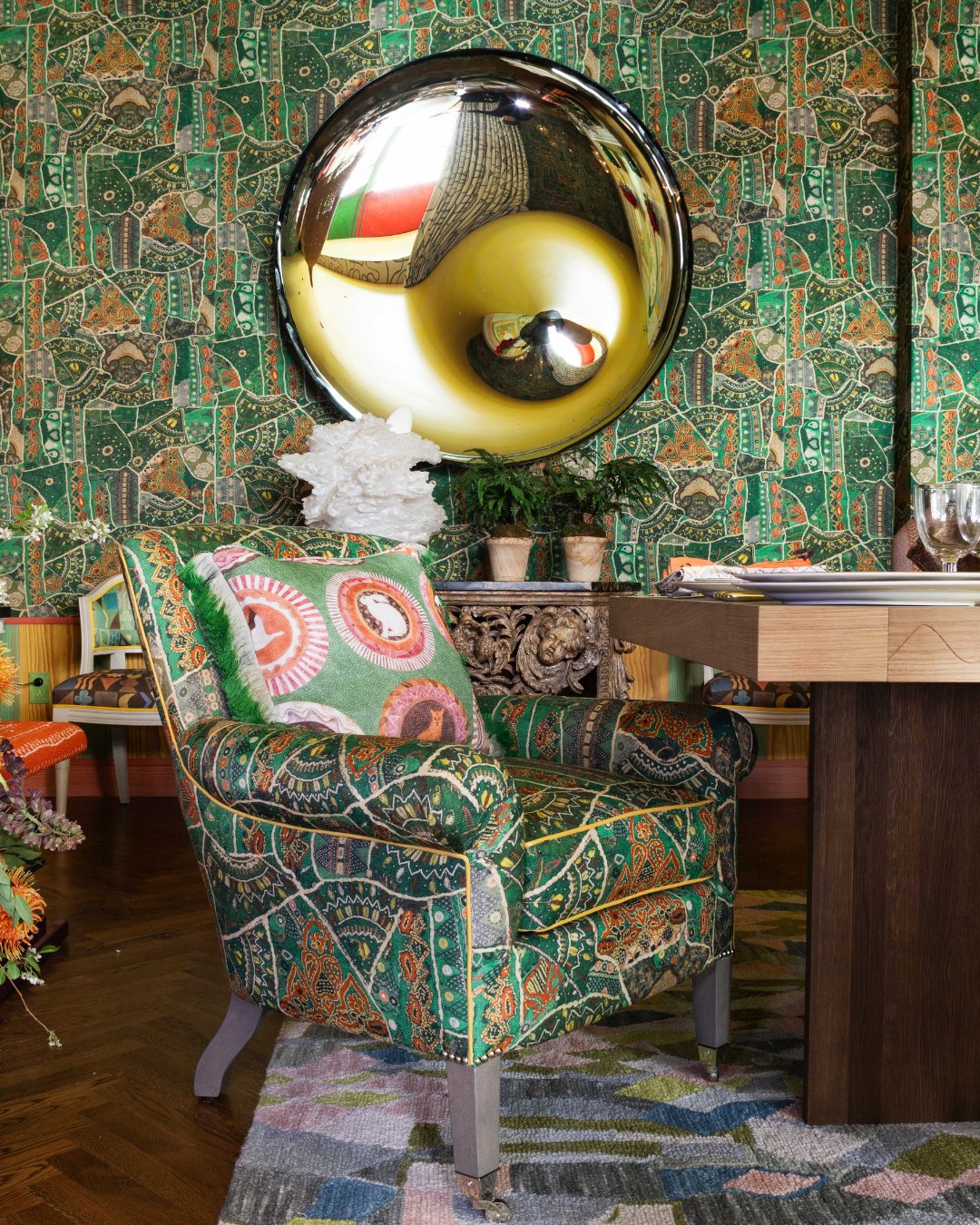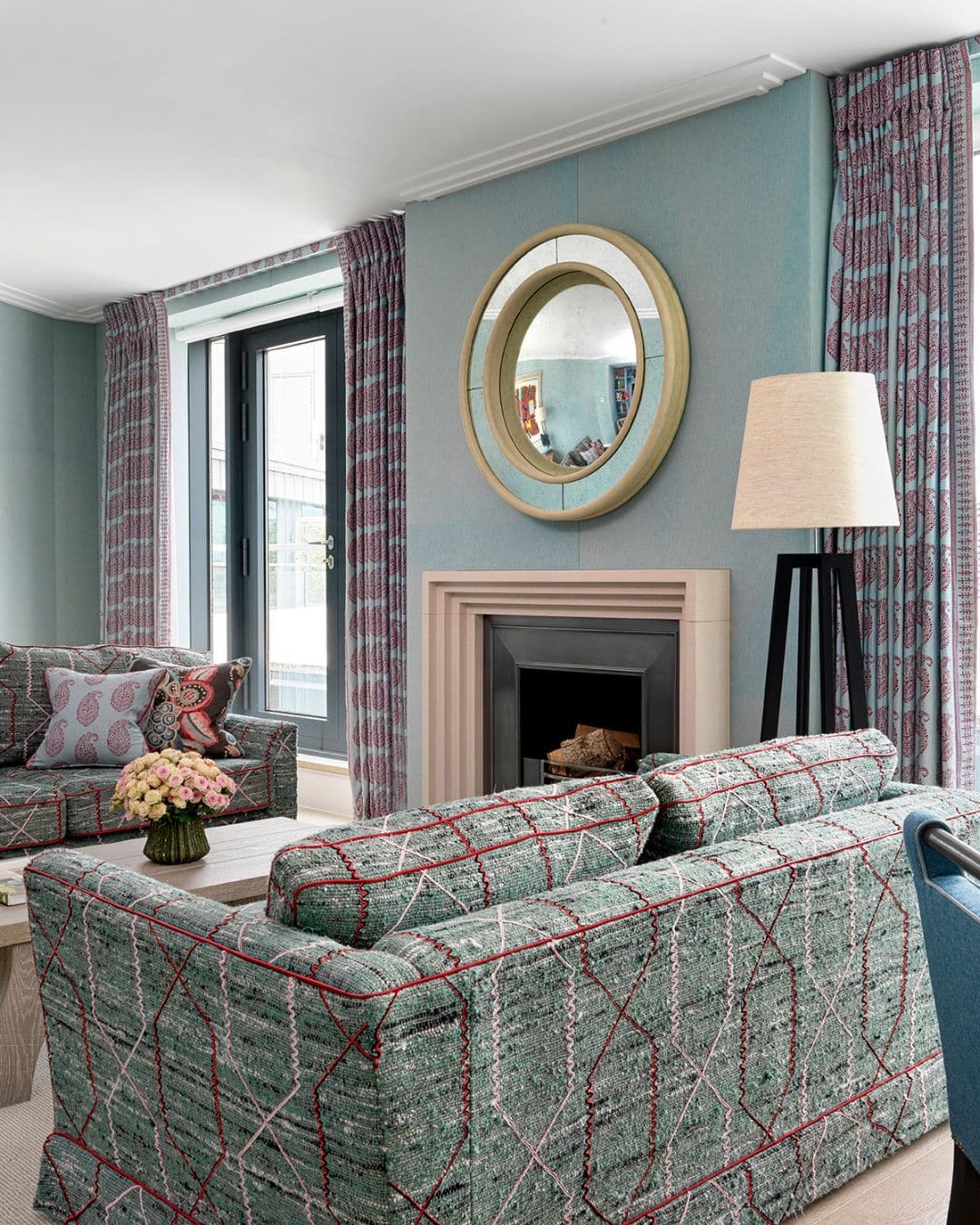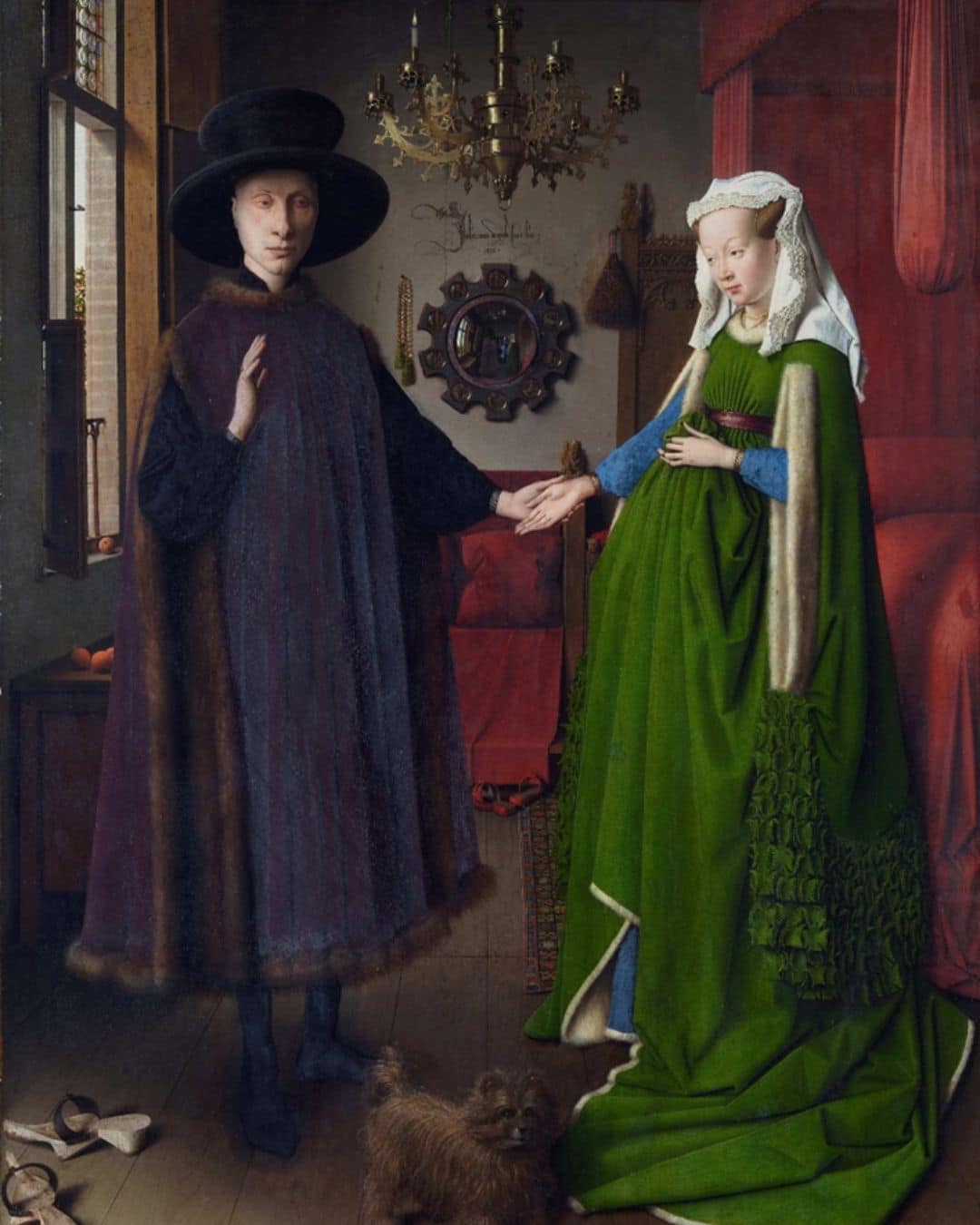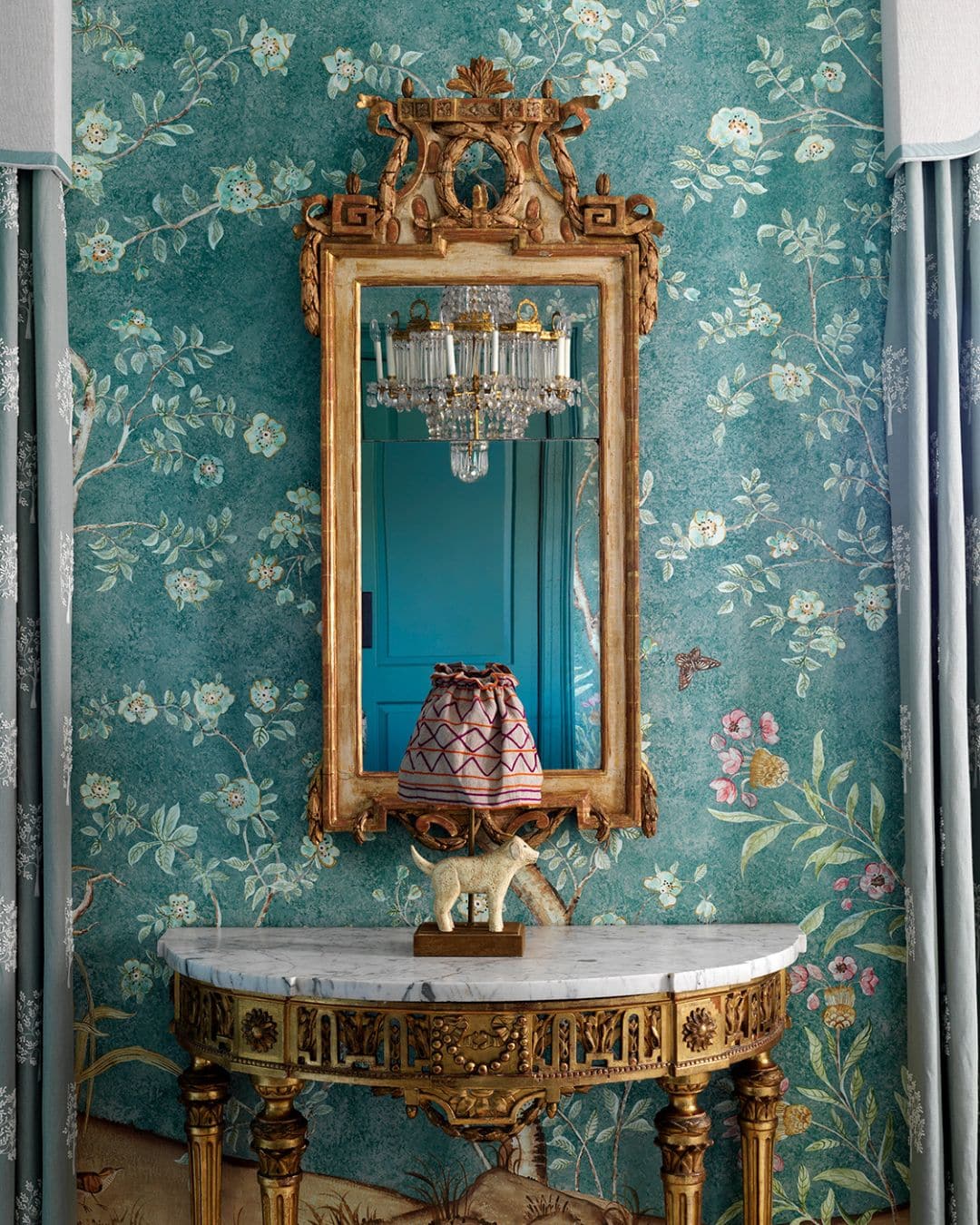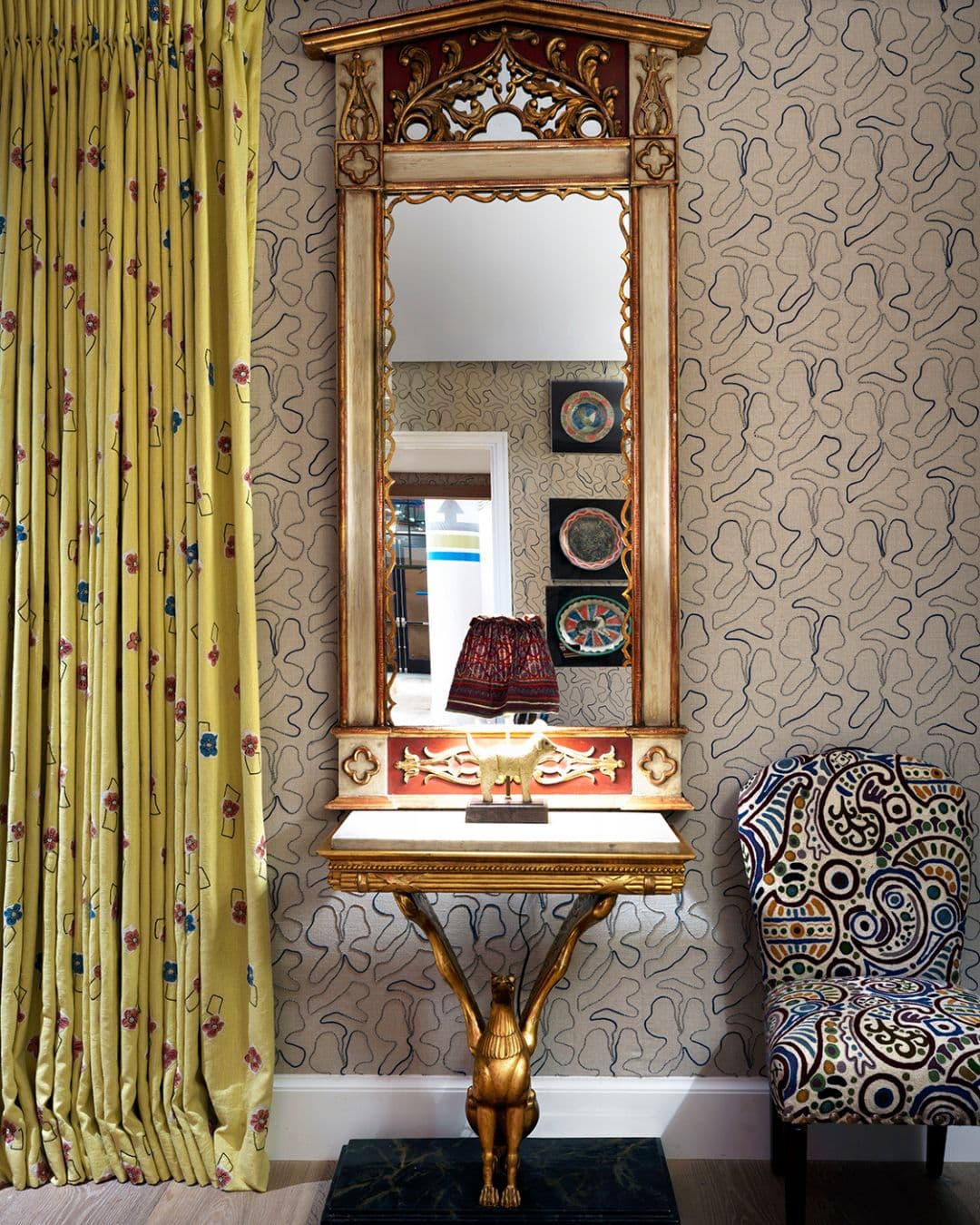Mirrors have long been magical objects, with their origins tracing back to the Neolithic period when early humans began polishing stone to create reflective surfaces. Throughout history, mirrors have held symbolic meanings, appearing in mythological tales such as the ancient Greek myth of Narcissus, where the character falls in love with his own reflection. On today’s blog, we’d like to share how we’ve embraced the mirror and its fascinating history within our designs.
The first legend of the mirror comes from the Himalayas, where a woman looked into a pool of water and was surprised to see another girl. Upon further reflection, she realised the reflection was her own. This story resonates with the reflecting Koi pond at Number Sixteen Hotel, where the serene garden and pond, home to Koi fish, beautifully mirror the surrounding landscape.
Mirrors made of metal were used by ancient Egyptians as early as 2900 BC. Polished bronze, shaped into flat, round disks, were crafted in the form of the sun, symbolising the sun god. At Crosby Street Hotel, the Spring Room features a magnificent sun-shaped mirror from the reign of Louis XIV, the Sun King. This mirror not only reflects the room’s beauty but also serves as a stunning piece of art.
The Chinese also embraced metal mirrors as early as 2000 BC, with cast bronze mirrors showcasing the natural beauty of their materials. In one of our residential projects, we’ve incorporated a copper mirror above an antique desk, creating a beautiful contrast with the red-patterned wall and green natural stone.
At The Whitby Hotel, an intricately detailed ironwork metal mirror sits behind the bar, adding as much intrigue with its design as it does with its reflection of the bustling restaurant.
Glass mirrors date back to the 3rd century, where glass tiles were placed over hot, carefully cast lead forms, creating a soft, dim reflection. This history of mirrors reminds us of the smoky mirrors we incorporate into our spaces, reflecting rooms in a different light. The phrase ‘smoke and mirrors’ evokes the illusionary tricks magicians use to obscure reality and create visual illusions.
One of our favourite styles is the convex mirror, popular in the Regency era, which creates an illusionary effect. Often found in dining rooms, it allowed butlers to discreetly observe the proceedings. This functional yet magical design element has found a place in our own designs, including Kiko Lopez’s surrealistic mirror at our Kips Bay Show House, which offers a contemporary take on this historical form.
In one of our drawing rooms, a convex mirror provides guests with a full view of the space, much like the mirror in Jan van Eyck’s The Arnolfini Portrait. The mirror in this iconic painting is of great significance, symbolising both the artist’s mastery of visual depth and the metaphorical presence of God observing the marriage ceremony.
We have always had an affinity for mirrors with architectural design features. During the Neoclassical period, intricate scrolls and oval shapes became a signature of the period’s lighter, more detailed approach to the decorative arts. Many of these designs are attributed to 18th-century cabinetmakers, who skillfully incorporated architectural elements into their mirror designs.
We hope you’ve enjoyed exploring how we’ve brought the timeless allure of mirrors and their rich history into our designs!

